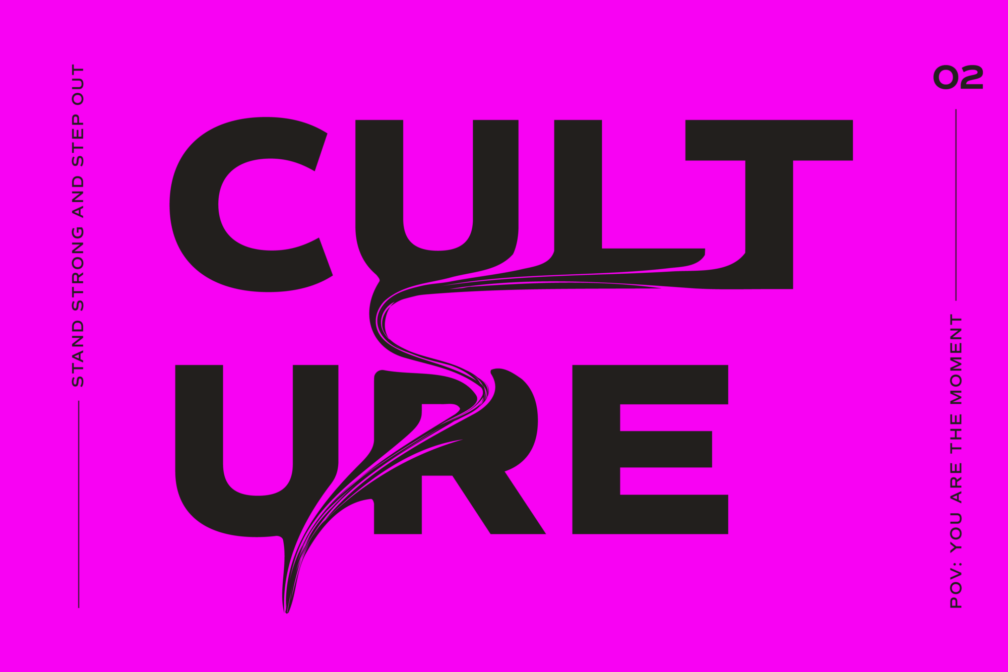Blog

Don’t Let the Cultural Moment Pass You By: Part 2
Why brands and their customers benefit from participating in real-time cultural moments.
Part 2: Why it’s on-brand to participate in cultural moments
As marketers, our goal is to connect our brand with our target audience.
One of the best ways we can do that is by authentically relating to customers on a human level. We can share in their pains or joys, and we can open conversations about what’s going on in the world as it relates to us and them.
Pop culture presents us with endless little moments that lead to dialogue and connection between a brand and its audience.
This is Part 2 of a four-part series focusing on how brands and their customers benefit from participating in pop culture moments.
***
Let’s assume you’ve read Part 1 of this series. By now, you’re either convinced your brand should participate in cultural-moment conversations or you’re not.
I’m guessing the only reason you wouldn’t be convinced is because you’re not sure it would be on brand to take part in such conversations. And on top of that, how would participating in these conversations positively impact your bottom line?
Let’s tackle those two things (especially if you’re going to need to convince someone else on your team that this is a good idea):
1. What to consider before joining cultural conversations
Hopefully you’ve already defined what “on brand” means for your company. Your brand identity includes things like your core values, your communication style and messaging, what makes you unique, and how you want your target customers to feel.
All these things mean you stand for something—politically, economically, socially. Then you narrow in even more. What do you care about?
Workplace productivity, women’s rights, holistic health, body image and beauty standards, generational identity, local community. These things are part of your brand and part of culture.
It’s OK to share and comment on what you care about outside of the product or service you sell. And you can absolutely talk about it within your brand voice guidelines.
A strong brand knows where it stands.
2. How would participating in these conversations positively impact your bottom line?
A phrase that won’t go away is that “social media doesn’t drive sales,” and that’s simply not true. Maybe it once was, but now social is full-funnel.
For all brands, no matter what you sell, you can and *are* impacting your customer at the awareness, consideration, conversion and loyalty phases.
Once again, we can hear it straight from the people:
- When asked to rank how much a brand’s social media presence influences their purchases, 77% of people ranked it at a 5 or more out of 10.
- 58% of respondents said following a brand impacts their purchasing decisions.
- People spend an average of 2 hours and 24 minutes a day on social media. (So yeah, this all makes sense.)
Lastly, respondents were asked: When deciding to follow a brand, what aspect of their social media presence is most appealing? The top answer was “communicating in a relatable and authentic way.”
So how would participating in these conversations impact your bottom line? To me, the better (rhetorical) question is how could they not?
***
In this blog series, we talk about brands and culture, and how they work together. Our first installment introduced us to the difference between culture and pop culture (which is what we’re referring to throughout the series). Check it out here, if you haven’t yet.
The rest of the series will continue this conversation with questions like:
- How can you genuinely participate in cultural moments?
- Do you know where you stand?
As we dive into these topics, we’ll also share some ideas of how you can apply a cultural participation strategy to your own brand. It’s a great way to open channels of connection and communication with the people you want to reach most—your consumers.
If you need help along the way, remember you can always lean on data, or experts like DS+CO. When you have questions, chances are, we can help you find an answer.
Emma Alexander
Emma Alexander is DS+CO’s content manager and email strategist.